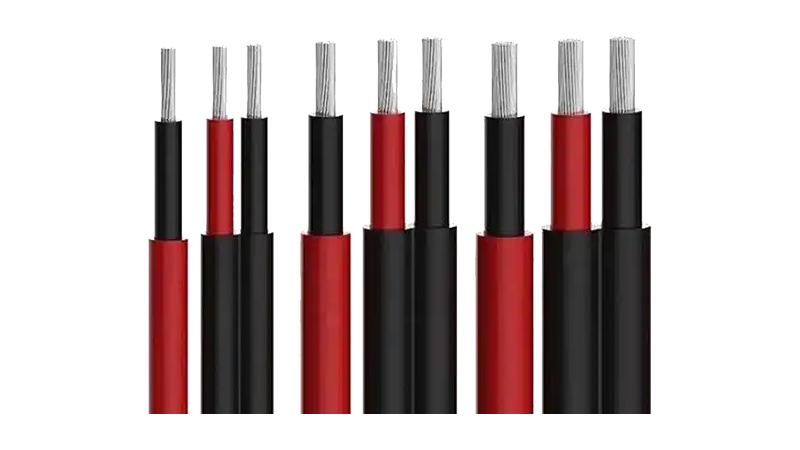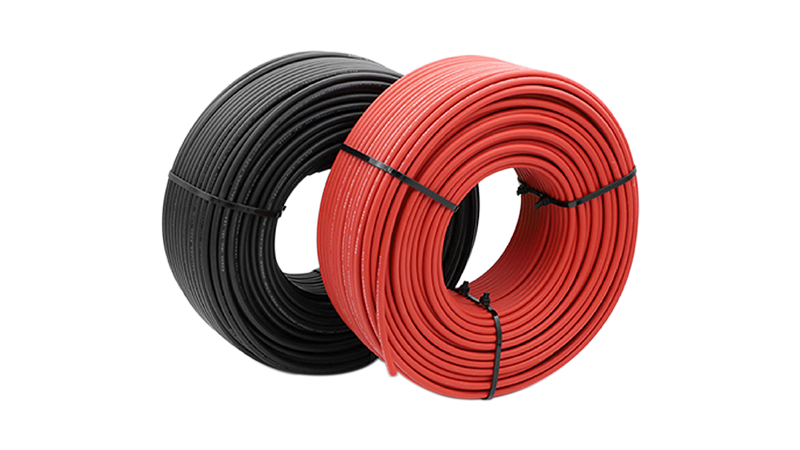The proportion of investment in solar projects globally is faster than ever, and the focus on return on investment remains the focus of any project. In some cases, to save costs, contractors will specify ordinary PVC cables instead of dedicated solar PV cables. Doing so may initially result in cost savings, but it greatly affects the service life of the system.
The characteristics of PV cables are determined by the unique insulation and sheath material-cross-linked PE. After irradiation with irradiation promoters, the molecular structure of cable insulation materials changes and provides specific properties at high temperatures. In addition to their performance at high temperatures, these cables are cold, oil resistant, acid/alkali resistant, and in general will provide a long service life for solar systems.

Photovoltaic cable:
Insulation: irradiated cross-linked polyolefin
Sheath: irradiated cross-linked polyolefin
Ordinary cable:
Conductor: copper
Insulation :PVC or XLPE
Sheath :PVC
The conductors used in PV cables are essentially the same as those used in ordinary cables. Pv cables have higher insulation and sheath specifications and can be used in harsher environments.

Temperature and pressure resistance
In solar power stations, photovoltaic cables need to be laid in harsh environments, such as high temperature and ultraviolet radiation, all year round. In places with good light conditions, the field temperature of the solar system can reach as high as 100° C on a clear day. This brings high UV radiation, which ordinary cables cannot withstand for long. Ordinary cables cannot withstand such high DC voltages for a long time and photovoltaic cables are needed.
Photovoltaic cables provide better contact
Most of the problems in PV systems come from incorrect cable selection and incorrect crimping techniques. These are often the root causes of fires in PV systems, so proper attention needs to be paid to the choice of cables.
The core element of the PV system design is the quad pairing between the cable and the DC connector. A correct match ensures more accurate crimping, thus providing better contact between the cable and the DC plug. The oxidation of the inaccurate crimp will lead to an increase in contact resistance, which will cause disaster.
The copper conductors of common cable wiring are highly variable and have poor compatibility with DC connectors. Oxidation inevitably occurs after long-term wear, resulting in increased contact resistance.

Conclusion
In PV systems, most of the problems come from the DC side, and more than 90% of them come from incorrect cable selection and crimping problems. In order to achieve durable, trouble-free system operation, it is critical to spend time and effort on compatible high-quality PV cables during the design phase.
If you have more questions or want to know more about solar PV cables, please contact us and our professional team will be happy to provide you with support and answers.
You can also contact us directly in the following ways: visit, telephone, email